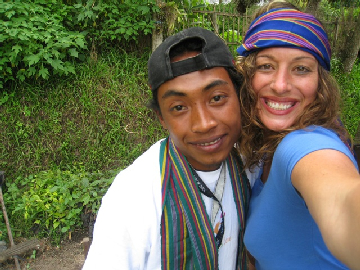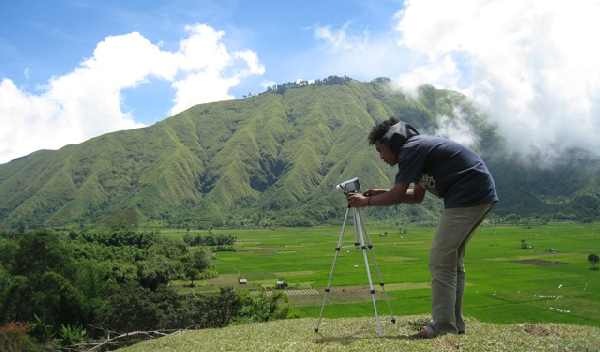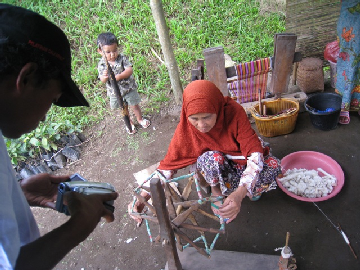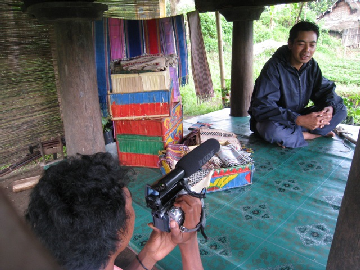All photos by Misty Tosh.
Drips of sweat meandered down my grimy face as I slowly repeated the words to my new friend: time-code, close-up, wide-shot, master-shot, b-roll.
Hassan, a devout Muslim, had never heard these alien words in his entire life. He absorbed each one, and then repeated after me, snapping his fingers as each word finally clicked in his head. Snap! That’s what a close-up is. Another snap! So, that’s time-code. I could practically see his brain working overtime.




